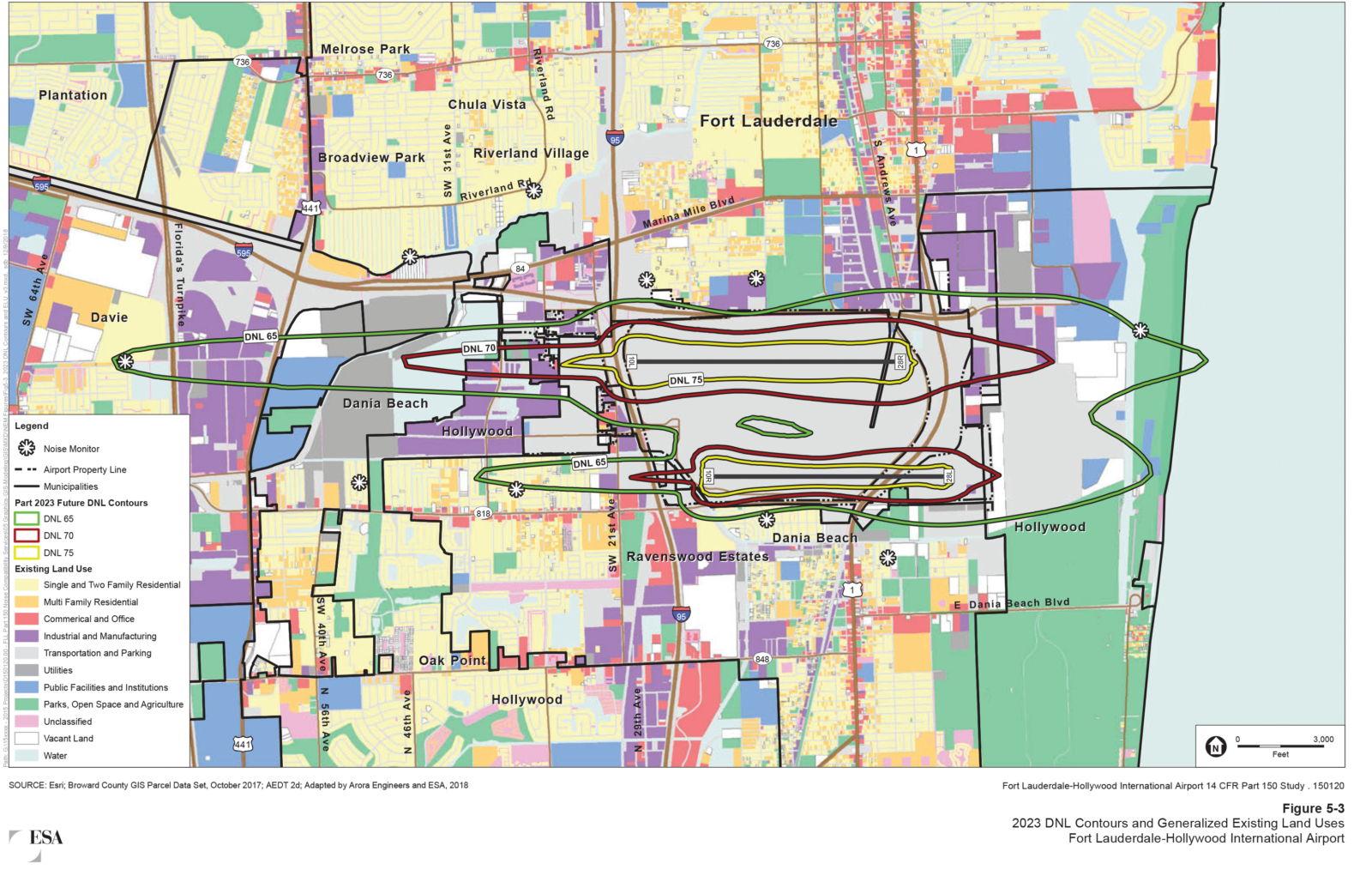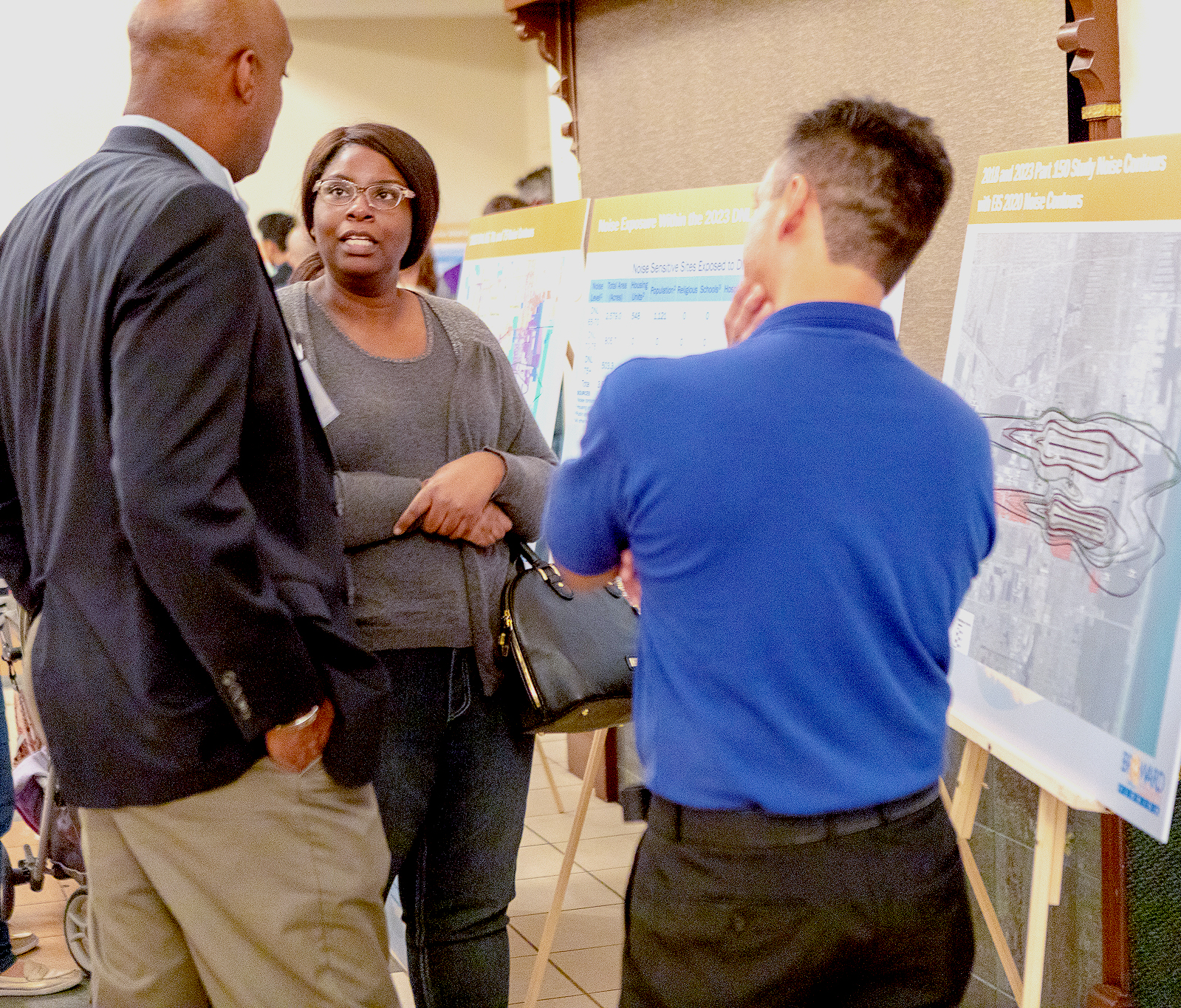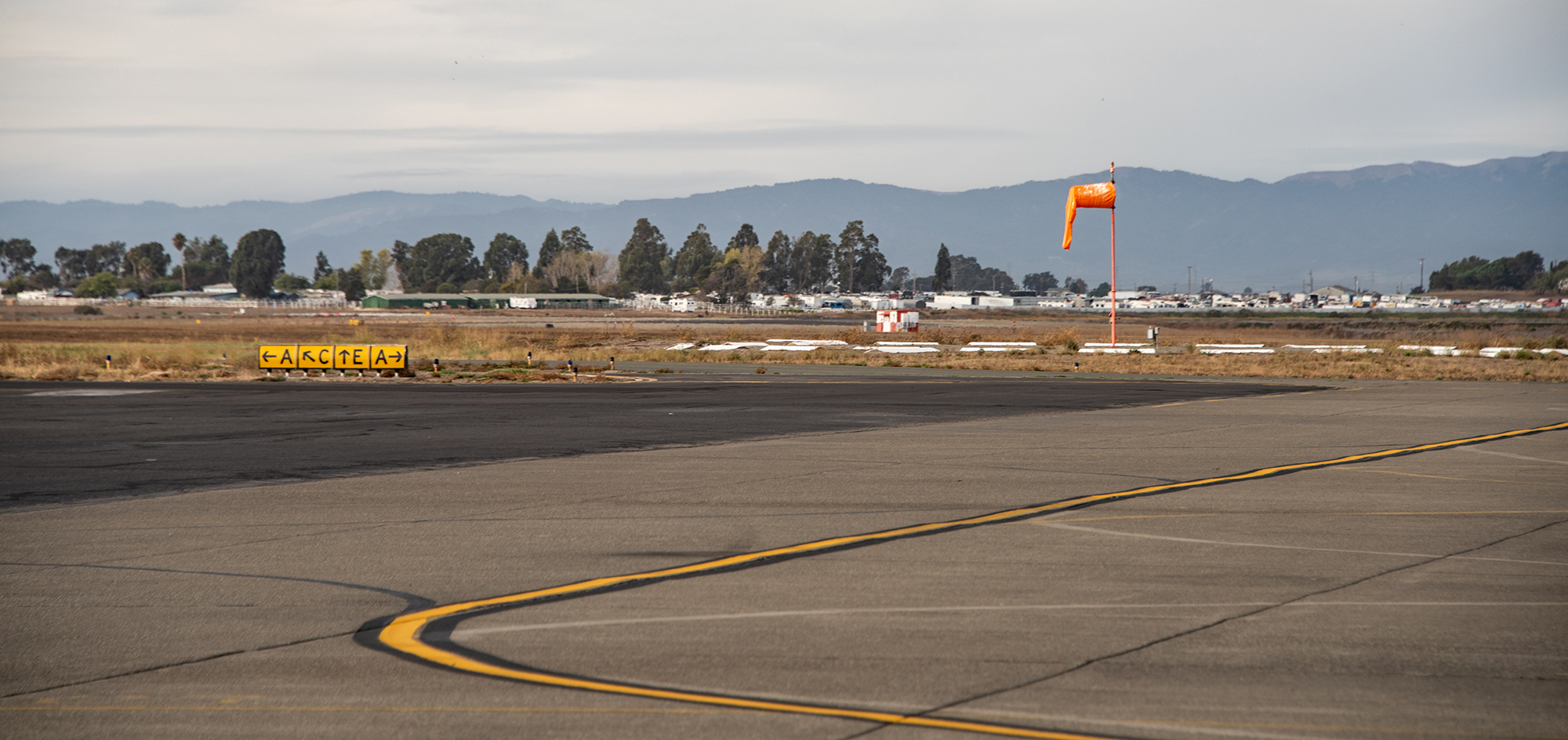Across the country, airports are looking for help in reducing noise exposure in their surrounding communities through the Part 150 process. But for those new to the industry or aviation consulting, we thought we would reflect on the reason, importance, and impacts of Part 150 on today’s airports.
It all began in January of 1985, when the Federal Aviation Administration (FAA) issued Title 14 Code of Federal Regulations (CFR) Part 150, Airport Noise Compatibility Planning as a final rule. The law defines a process for airport operators to conduct aircraft noise studies that serve two important purposes:
1. Providing the public with information about existing and future noncompatible land uses around airports (land uses that are considered noise sensitive and incompatible with aircraft noise levels at Day-Night Average Sound Level [DNL] 65 or greater, such as residences, schools, places of worship, etc.)
2. Creating measures that help reduce and prevent the development of new, noncompatible land uses in proximity to airports

Since the introduction of 14 CFR Part 150, hundreds of airports have conducted studies with the goal of improving compatibility between the airport and the surrounding communities by reducing aircraft noise exposure. Part 150 Studies typically consist of two key components: the Noise Exposure Map (NEM) and the Noise Compatibility Program (NCP).
The NEM contains detailed information regarding existing and future airport/aircraft noise exposure patterns (typically five years beyond existing conditions). They clearly identify an airport’s present and future aircraft noise patterns as well as the land uses that are not compatible within those noise patterns. An airport’s NEM also serves as a standard reference to the airport’s existing and future aircraft noise impacts for all interested parties.
An NEM consists of two airport maps with aircraft noise contours plotted over land uses. The first map indicates the airport’s current/existing conditions and potential aircraft noise compatibility issues (i.e., noise-sensitive land uses located inside the DNL 65 or greater noise contour). The second map projects future aircraft noise contours while considering changes in land use and in airport operations, plus any improvements in compatibility from aircraft noise mitigation actions that may be planned for that period. An NEM is prepared in consultation with the airport’s users, the public, local governments, land use control agencies, and the FAA.

A Noise Exposure Map (NEM) shows the contours of noise exposure levels at the Fort Lauderdale-Hollywood International Airport and surrounding land use areas.
After completing an NEM, an airport sponsor may pursue an NCP to address areas of noncompatible land use. The NCP includes descriptions and an evaluation of noise abatement and noise mitigation options/programs applicable to an airport. FAA-approved NCP measures, which may include things like modified flight procedures and residential sound insulation, may be eligible for federal funding. However, the FAA will not approve and fund measures that do not reduce noise exposure on noncompatible land uses.
An NCP serves as the primary vehicle for guiding and coordinating the combined efforts and actions of essential agencies and individuals that are attempting to achieve a maximum degree of aircraft noise compatibility between an airport and its neighbors.
NCP measures must be reasonably consistent with achieving the goals of reducing—or mitigating the impact on—existing noncompatible land uses around the airport and preventing the introduction of additional noncompatible land uses. So, for example, an NCP measure will not be approved by the FAA if it reduces noise exposure in one neighborhood at the expense of increasing it in another neighborhood. Consideration of the environmental consequences of the proposed aircraft noise compatibility actions should be an integral part of this planning process; however, formal environmental assessment is required only in conjunction with the decision to implement an action.

Attendees at a public workshop get an overview of a Part 150 study in Broward County, Florida.
Likewise, alternatives must not unduly burden interstate commerce, discriminate unjustly, reduce the level of aviation safety, adversely affect efficient use of the navigable airspace, or adversely affect any other powers of responsibilities of the FAA.
This can be particularly challenging, because a proposed measure, for example, may bring much needed relief to a community by changing the flight path of departing aircraft, but may not be allowed because the new aircraft flight path poses a safety risk in the local airspace.
Each NCP must include an agreed-upon schedule for implementation of the program, including:
- The period covered by the program
- Identification of the entity responsible for implementing each of its proposed aircraft noise compatibility actions
- Identification and sources of the necessary funds
Lastly, the NCP must include specific provisions for its own timely revision so that it remains a viable program responding to changes in both the aviation and the local environment components of the plan.
A Part 150 Study can be a challenging but rewarding process. NEMs can help identify which communities are or will be most impacted by aircraft noise, and an NCP can help alleviate some of that noise exposure through a suite of noise abatement, land use, and programmatic measures. Part 150 Studies are generally eligible for funding assistance through the Airport Improvement Program, but, importantly, because they can be challenging, airport operators should engage a highly experienced consultant to help them navigate the process. If you would like to learn more about Part 150 Studies or are looking for assistance in conducting a Part 150 Study, reach out to Mike Arnold and our team of highly experienced consultants for more information.








